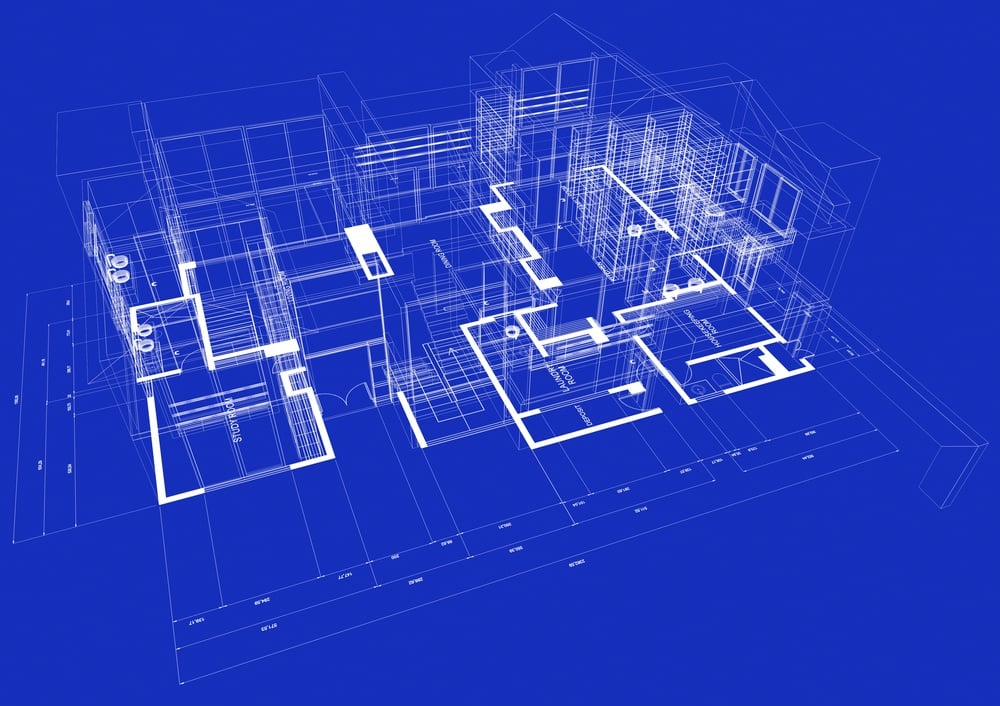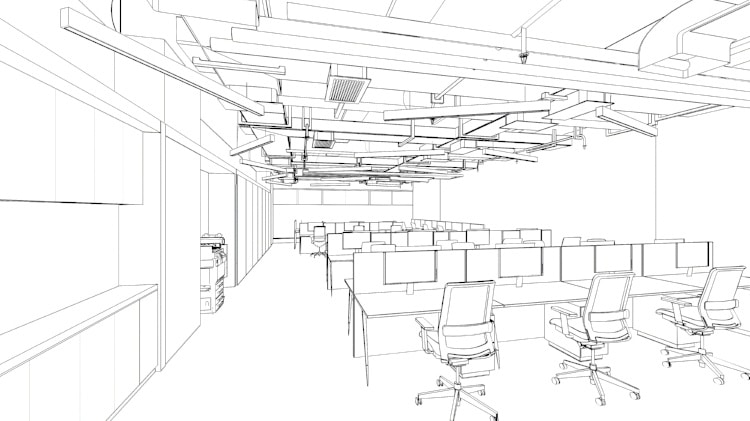It’s well documented that happy employees are generally healthier, more productive, more content employees. The workplace has shifted over the years to incorporate changes designed to boost mental and physical wellbeing. For example, more employees than ever before telecommute, which encourages a healthier work-life balance. In cases where telecommuting is not feasible, forward-thinking employers are thinking outside the typical office design “box” and being more mindful of the fact that thoughtful office design can have an overwhelmingly positive effect on mental and physical wellbeing.
Did You Know There’s A Certification for That?
You may have heard of LEED (leadership in energy and environmental design), a rating system created by the United States Green Building Council to encourage sustainable, environmental friendlier building design. You may also be familiar with the U.S. EPA’s Energy Star certification program for energy-efficient buildings and consumer products. A few years ago, the International WELL Building Institute launched the WELL Building standard. It’s the first certification focused on enhancing health and wellbeing through smart construction and office design.
WELL Being Defined
The “WELL being” system provides a performance-based framework for boosting mental and physical health by making beneficial use of the following “concepts” that are present in a human-occupied built environment:
- Air (requirements to promote clean air and reduce or minimize sources of indoor air pollution),
- Water (requirements to promote safe, clean water for building occupants by implementing proper filtration techniques and performing routine testing)
- Nourishment (requirements to make fresh, wholesome foods available to building occupants, limit unhealthy options, and encourage healthy eating habits)
- Light (requirements to minimize disruption to occupants’ circadian system, support sleep quality, and boost visual acuity)
- Fitness (requirements to encourage occupants to integrate physical activities into their lives and discourage sedentary behaviors)
- Comfort (requirements to pursue office design that is distraction-free, productive, and comfortable)
- Mind (requirements to optimize cognitive and emotional wellbeing through design and technology)
How to Achieve WELL Certification
Like LEED certification, achieving WELL certification involves a documentation review step and on-site evaluation by a WELL-trained assessor. After registering a project for consideration on WELL Online, an applicant is assigned a WELL coaching contact who will be the point of contact to provide insight on how to achieve certification. Essentially, there is a WELL Verification Matrix for each of the aforementioned focus areas. Following are examples of steps a builder or company would need to take to achieve WELL Certification in various categories.
- In the air concept, WELL specifies 30 requirements, including implementing a smoking ban, ensuring a healthy entrance into the building, having operable windows, and reducing the use of toxic materials.
- In the comfort concept, WELL specifies 13 requirements, including implementing sound barriers, using sound-reducing surfaces, embracing accessible design, and maximizing visual and physical ergonomics (an office furniture installation company can be a valuable partner in achieving these goals.)
- In the nourishment concept, WELL specifies 17 requirements addressing topics including safe food production and storage, access to fruits and vegetables, accommodations for special diets and food allergies.
The work world is changing, as is obvious when you look at the proliferation of new and exciting technologies employees have at their fingertips to work faster, smarter, and more effectively. Fortunately, the workplace environment is changing, too. Thanks to initiatives like WELL, “going to the office” will become less of a thing that we don’t really want to do, but must do, and more of a rewarding, pleasant aspect of our lives.







